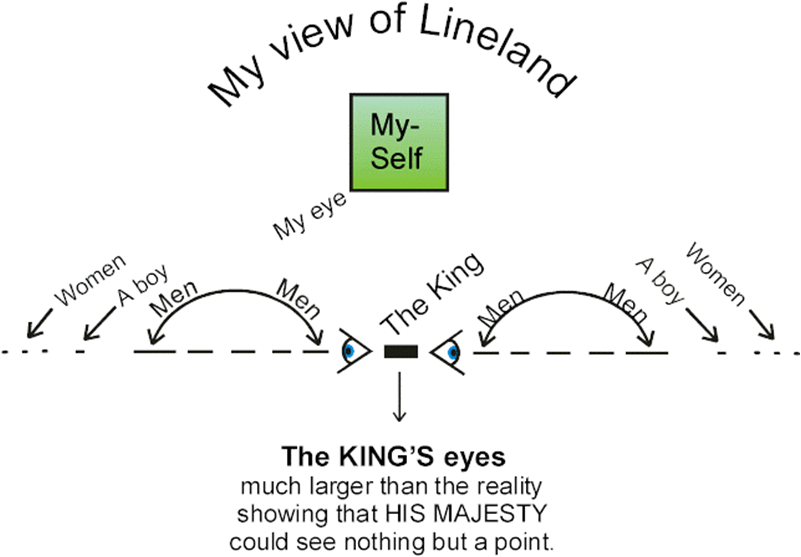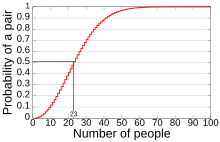01:00 - 19:0019:00 - 00:00
user116211
user116211
user116211
user116211
user116211
user116211
user116211
user54412
01:00 - 19:0019:00 - 00:00




